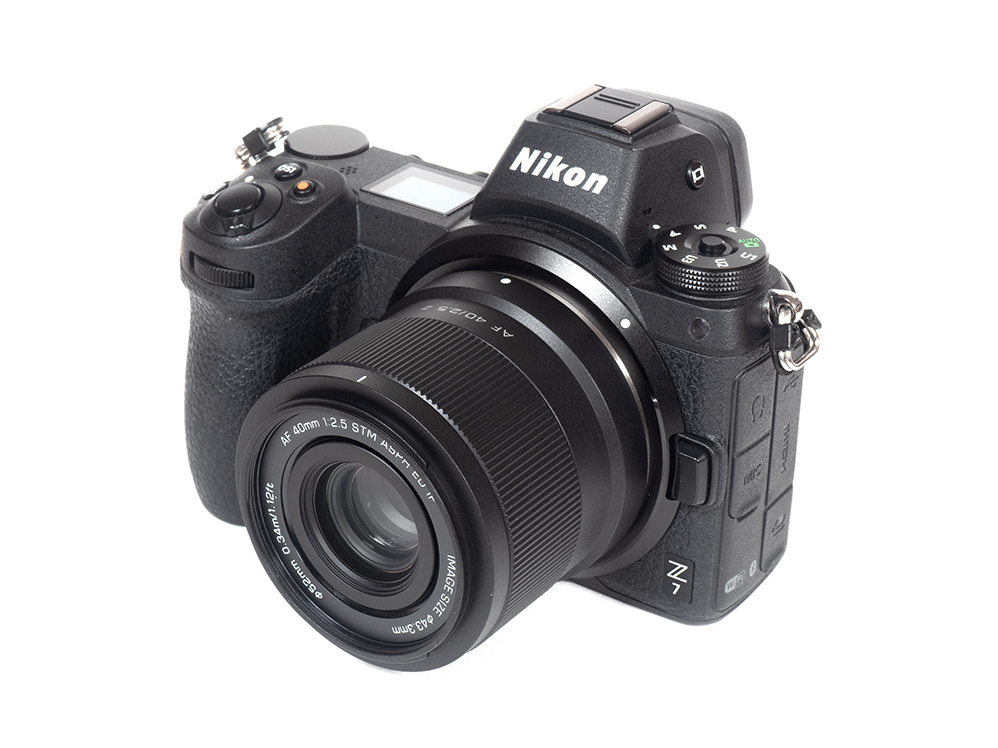Introduction
Viltrox produces a series of high-quality as well as budget-focussed AF lenses. The Viltrox AF 40mm f/2.5 Z clearly falls into the latter category, with a retail price of just $150 USD—a price region that has been all but abandoned by the Japanese OEMs. It’s a full-format standard prime lens, albeit a bit of a slow slide for a representative of its class. 40mm lenses became a bit en vogue during the last years probably because it’s a bit better suited to street photography. Technically, in terms of perspective (not field-of-view), this focal length is closer to the human eye (~43mm) than the more conventional 50mm.

Unsurprisingly, the Viltrox AF 40mm f/2.5 Z is a simple lens. However, this doesn’t mean that there is anything wrong with its build quality. The engineered plastics used for the lens body feel solid and quite grippy, and there’s even a metal mount. It uses an internal focusing mechanism so the length doesn’t change during AF/MF. Weather sealing is not provided, but that’s to be expected, given the low pricing.
Like other Viltrox lenses, it uses an STM (stepping motor) for auto-focusing as well as the manual focus “by-wire” system. The AF is pretty fast and nearly silent. Firmware updates are possible via a USB-port. EXIF data is provided, so the lens is compatible with in-camera image stabilization.
| Specifications | |
|---|---|
| Optical construction | 10 elements in 6 groups (1x ED, 3x HR, 1x aspherical) |
| Number of aperture blades | 7 |
| min. focus distance | 1.1m (max magnification: 1:7.1) |
| Dimensions | φ68×55.9mm |
| Weight | 180g |
| Filter size | φ52mm |
| Hood | petal-shaped (bayonet mount, supplied) |
| Available Mounts | Nikon Z |
| Other features | USB port for firmware updates |
Distortions
The Viltrox lens produces a moderate pincushion distortion of just over 2%. While this is Okayish for such a lens, there’s no profile correction available – thus, you have to correct the issue manually if needed.
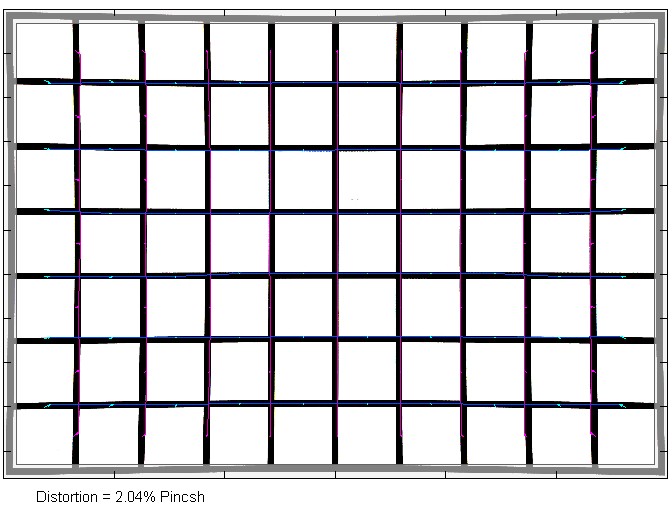
Vignetting
The RAW vignetting remains within reasonable limits. In RAW images, the vignetting reaches 2.1EV (f-stops) at f/2.5. At f/4, the light falloff is substantially reduced to 1EV, and it’s not really relevant anymore from f/5.6. Auto-correction is available for vignetting, resulting in a moderate light falloff at f/2.5 and negligible corner darkening beyond.

MTF (resolution) at 45 megapixels
The resolution characteristic of the Viltrox AF 40mm f/2.5 Z is solid, albeit uninspiring. The broader image center is sharp at f/2.5, whereas the outer image field is somewhat soft, although at least usable. Stopping down to f/4 lifts the quality across the image field. The sweet spot is reached at f/5.6, with excellent center quality and good to very good borders/corners. Diffraction has a higher impact from f/11.
The center quality of the tested lens was good. Field curvature is slight.
Please note that the MTF results are not directly comparable across the different systems!
Below is a simplified summary of the formal findings. The chart shows line widths per picture height (LW/PH) which can be taken as a measure of sharpness. If you want to know more about the MTF50 figures, you may check out the corresponding Imatest Explanations.

Chromatic Aberrations (CAs)
Lateral CAs are well controlled, with an average pixel width of around 0.5px at the image corners.

Bokeh
A 40mm f/2.5 lens isn’t a bokeh monster. However, some object isolation is possible at close focus distances, let’s see what the lens can do here.
Out-of-focus highlights have a quite clean inner zone. Some outlining is visible, and it becomes more pronounced at the border of the image frame and when stopping down. The shape of the aperture is quite obvious from f/4, but then you’d shoot wide open anyway if you want to achieve some half-decent object isolation.

The smoothness of the blur in the focus transition zone is good in the more critical background – shown to the left below as usual. The foreground blur is more nervous with shadowy edges at contrast edges.

As you can see below, the highlight discs are circular up into the edges – even at f/2.5.
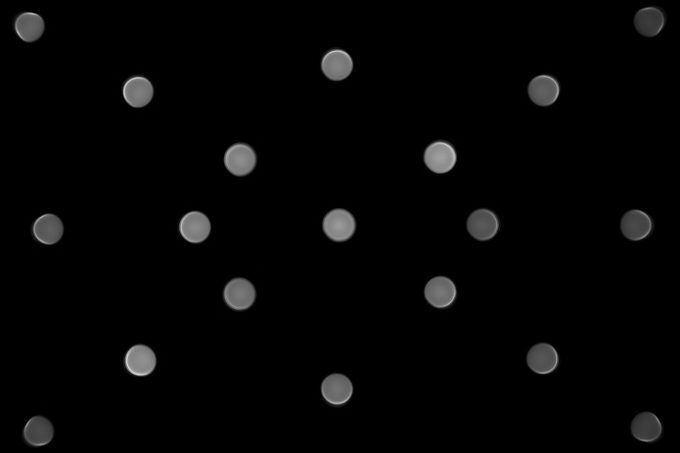

LoCA (Bokeh Fringing)
LoCAs, aka axial CAs, aka bokeh fringing, is about color fringing that is purplish front and greenish beyond the focus point. This is typically present in conventional lenses up to an aperture of f/4. And yes, the Viltrox lens has its share here as well. The LoCAs are quite strong at f/2.5, with traces remaining at f/3.2.
When scrolling through the aperture range below, you may also notice that the focus point shifts towards the rear. This focus shift is called RSA or “Residual Spherical Aberration”, and it can affect the AF accuracy in close focus scenarios.
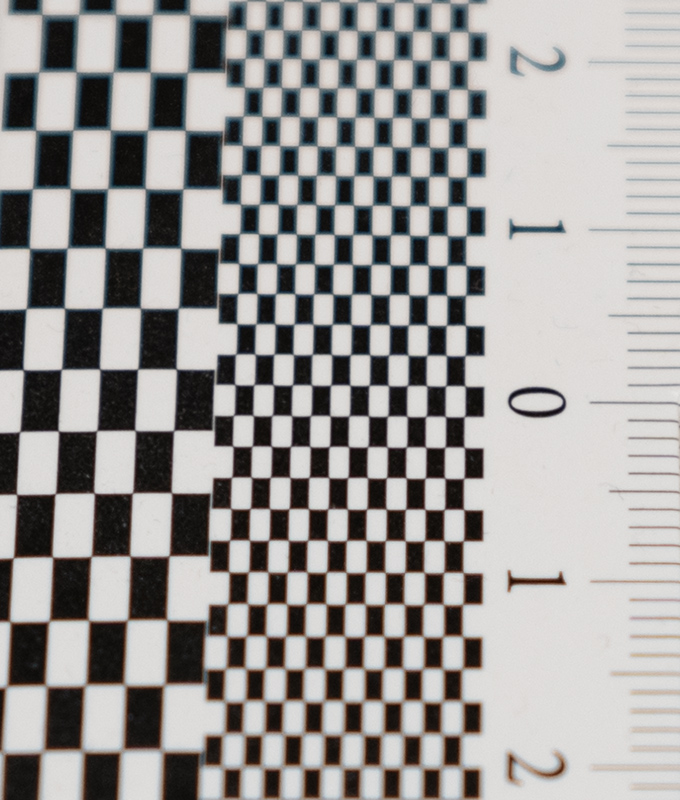
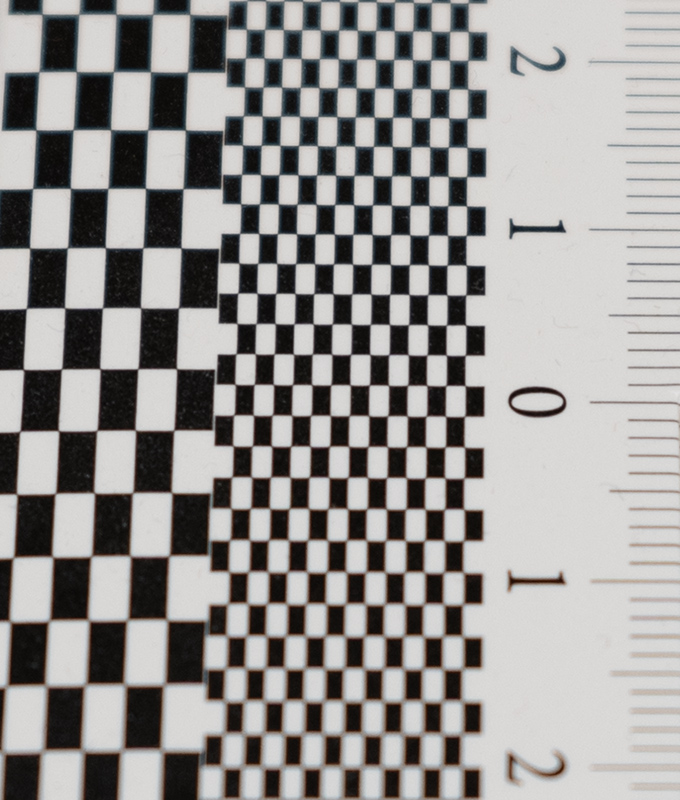
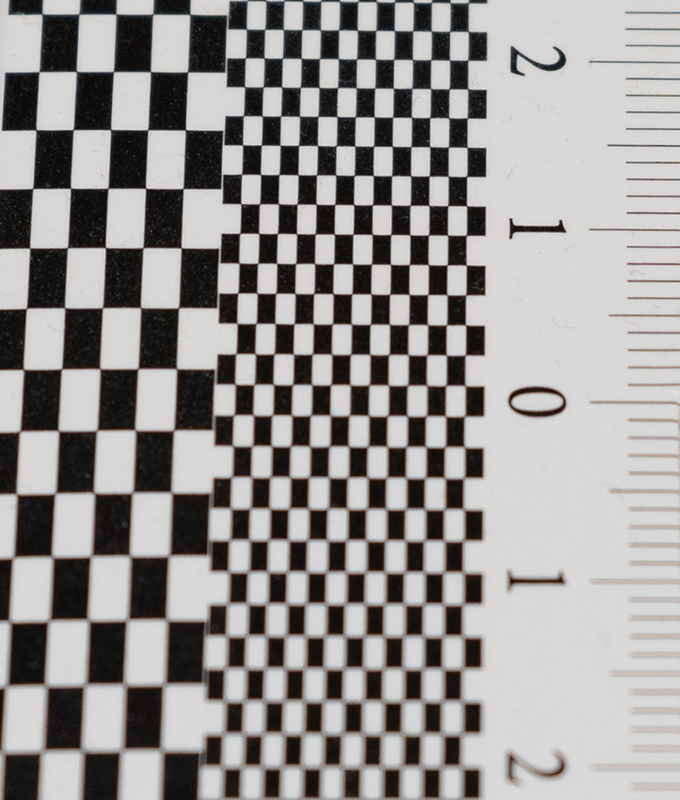
Flare
It may surprise you, but Viltrox has a pretty good track record for flare. Below is a rather extreme scene (which you wouldn’t normally shoot like this). There are some visible glare effects around the sun, but related reflections on the opposing side of the images are minor if you look closely.
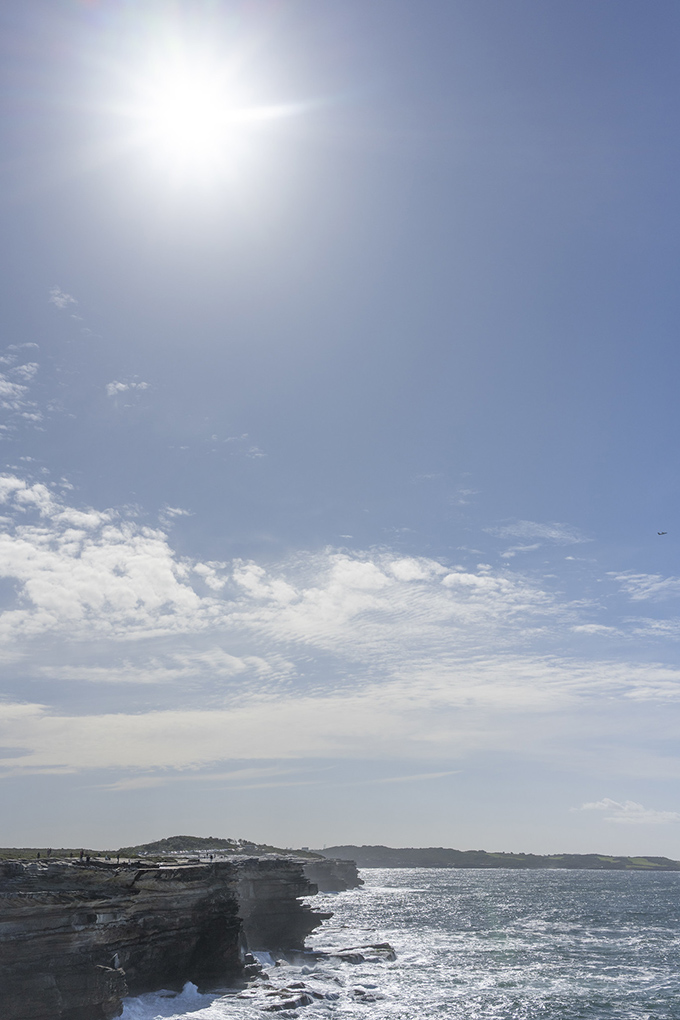
Sun Stars
Below is a sequence of 100% cropped images from f/2.5 to f/16 illustrating the sun–star behavior.
At f/2.5, the aperture is perfectly circular, so the light source (here: an LED) is just a light “blob”. Traces of rays appear at f/4, and they get more obvious at f/5.6 For the good sun stars, you should stop down to f/8 – which is still quite “early”, and the best results are achieved at f/11 and f/16.
While the Viltrox lens showed some edgy out-of-focus highlights in the bokeh chapter, the same root cause (non-rounded aperture blades) had a positive impact on this chapter.

Sample Images
If you want to download full-size images, click on the “view” link in the image preview or access the gallery directly by clicking on the lens name link below.
Competition
The competition in this class is plentiful—even in Nikon Z. The most obvious one is the Nikkor Z 40mm f/2 (SE), which isn’t a hell of a lot more expensive (in some markets) but faster—and it’s surely not any worse. There’s also Viltrox’s own AF 50mm f/1.8, which is faster still, albeit also quite a bit bigger. Plus, several other AF 50mm f/1.8 from Yongnuo and Meike to 7Artisans all reside in the same price bracket.
The Viltrox AF 40mm f/2.5 Z is a bit of an oddity as a prime lens. While it performs quite well in most aspects, it doesn't stand out overall. The lens is pretty sharp in the broader image center straight from f/2.5, whereas the outer image field is not overly inspiring at this setting. This improves when stopping down, but even at its optimal setting around f/5.6 the border/corner quality doesn't go through the roof - although a good to very good performance is far from being bad either here. Lateral CAs are well controlled, less so axial CAs. Viltrox doesn't offer profile correction for image distortions. This wasn't really an issue with most of their lenses because they were well-corrected. However, the 40mm f/2.5 Z produces medium pincushion distortion, which can be noticeable in some scenes at least. The vignetting characteristic is decent, especially when auto-corrected. Sun stars are very nicely rendered, and the bokeh is pretty good, too. On the downside, RSA/focus shift may have a negative impact in close focus scenarios.
The build quality is pretty good, especially considering the very low price point of just $150 USD. The small, and very lightweight lens body is made of decent-quality plastics based on a metal mount. The focus ring operates smoothly, and the AF is fast enough.
Overall, the Viltrox AF 40mm f/2.5 Z seems to be stuck between a rock and a hard place. It's not a pancake lens to benefit from a cuteness factor, and it's not fast enough to compete with the nifty fifty. So this just leaves the 40mm focal length and ultra-low pricing as differentiators.
-
Optical Quality
-
Build Quality
-
Price / Performance


